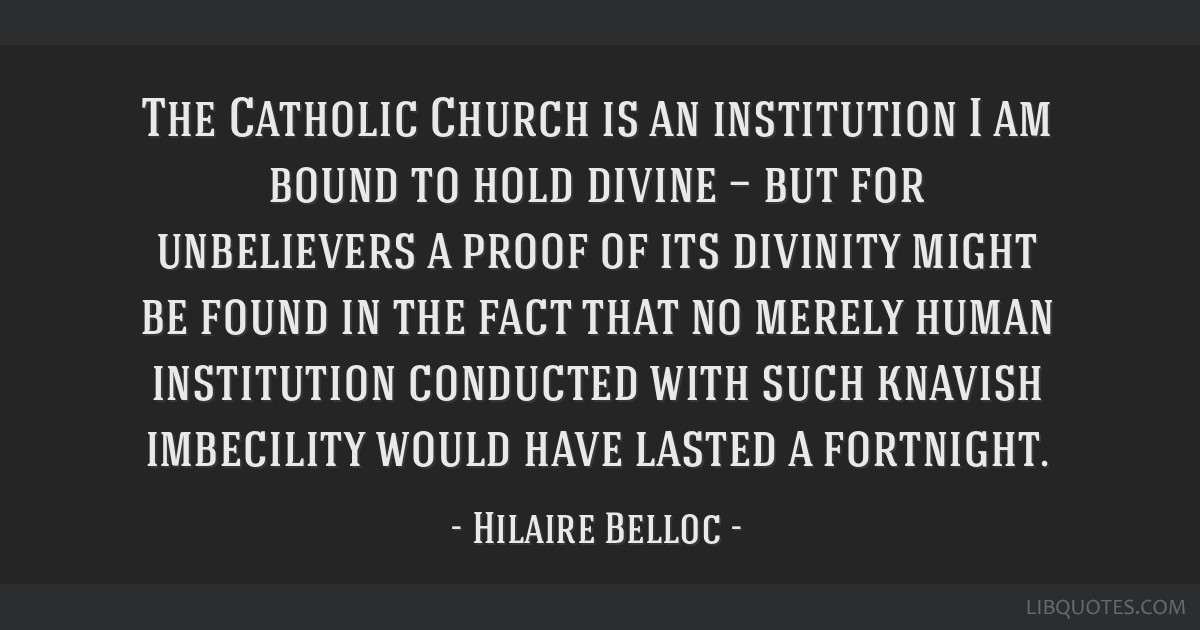In 1789 the French Revolution caused a great upheaval in Europe and brought great changes in the relationship of the world and the church. The world no longer wanted to be controlled by the church and wanted her own autonomy. The world wanted to be ruled by the power of reason, and the call of freedom was the reason for the collision with the church which had other priorities. The Church needed to clarify for itself what was her place in this new understanding of the world.
Obviously, the Church's understanding of the problem did not begin in modern times. In the 14th century began the full-scale study of the pope's authority and that of the emperor because of the conflict that arose which helped to clarify the authority of the pope. But this understanding did not extend to the whole church and in these circumstances, the church had to face the Protestant Reformation. The authority of the emperor confronted the pope and the ordinary understanding of the hierarchical order with Luther's concept of the 'priesthood of all believers' was a big challenge. The Catholic understanding of the priesthood as coming from Jesus was denied very clearly and gave rise to a new church.
Catholicism and Protestantism consequently were working with two contrary ecclesiologies. Protestantism was lead by the Holy Spirit, living with the word of God within a hidden church. On the other hand, the Catholic Church in reaction emphasized the visible hierarchical church and the structure which came to its climax at the first Vatican Council.
Consequently with this view of Church, the clergy and religious were seen as church people and the laity as passive obedient followers that connect the church with the world. The understanding of the common priesthood of the laity had almost disappeared from the church—a great part of the problem. The common priesthood was very much part of the Scriptures but because of the reaction to Luther almost disappeared. This was influential in forgetting the roles of the laity within the church and helping to make a division in the ranks.
Since the church considered itself a perfect society and received authority from God than this made for an increase of the division within the church and divided the church more into classes. It was precisely this problem that the Second Vatican Council attempted to bring back to a right balance. The church is not controlled by a small minority but is made up from bishops to the laity of all the baptized who make up the people of God. All the baptized have received the mission and all are to be active members. From the Council's teaching, we are all the people of God, with different roles. We are all equal members of the church. All kinds of varieties within the community of the church but not divisions and exclusions.
"By divine institution, Holy Church is ordered and governed with a wonderful diversity. For just as in one body we have many members, yet all the members have not the same function, so we, the many, are one body in Christ, but severally members one of another. Therefore, the chosen People of God is one: one Lord, one faith, one baptism; sharing a common dignity as members from their regeneration in Christ, having the same filial grace and the same vocation to perfection; possessing in common one salvation, one hope, and one undivided charity. There is, therefore, in Christ and in the Church no inequality on the basis of race or nationality, social condition or sex, because there is neither Jew nor Greek: there is neither bond nor free: there is neither male nor female. For you are all 'one' in Christ Jesus" (Constitution of the Church # 32).
We have all at baptism been anointed with oil and the Holy Spirit and joined to Christ and share in his threefold mission as a prophet, priest, and king.
The Church is not in the hands of a few but is the work of all. Each has a special calling to work toward the common goal. This is the answer to the question of what does the church think about itself. We are all walking the way of Christ together. We are the Church the body of Christ.

No comments:
Post a Comment